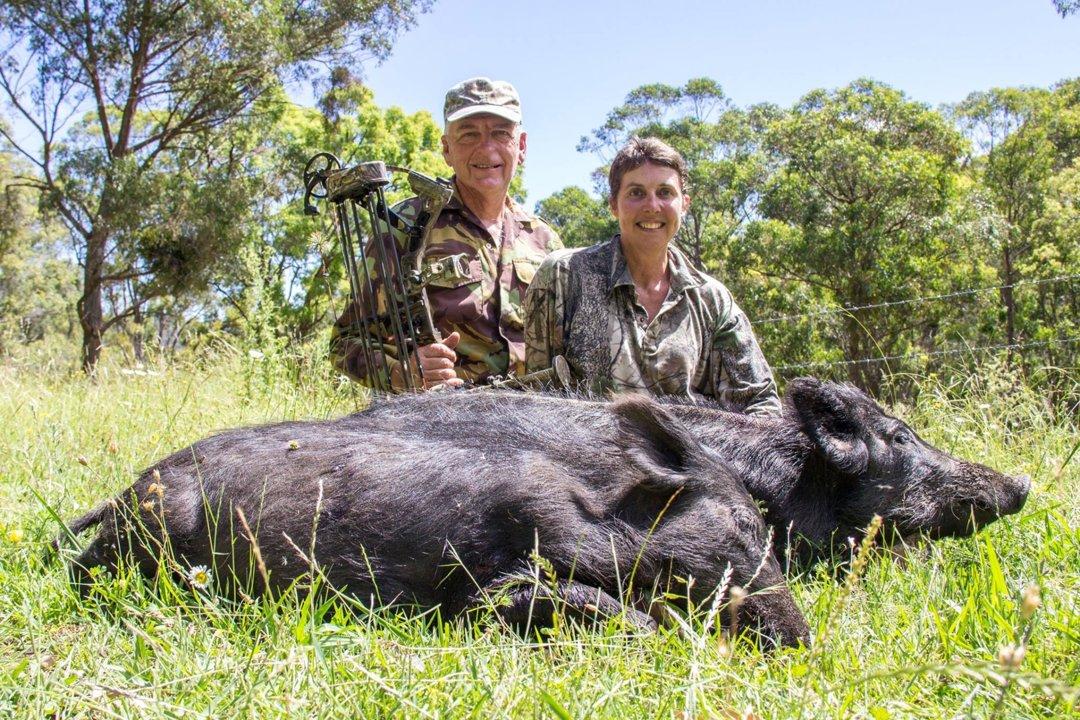
Hunting in Hauts-Bassins: Forest fringes and savannah patches, Bobo-Bwa bush traditions, porcupines and duikers, and locally respected taboos Verdant valleys and contested borders between bush and field The Hauts-Bassins Region, anchored by the regional capital Bobo-Dioulasso, is a landscape in transition — a meeting ground between once-extensive woodlands and ever-expanding agricultural zones. Its terrain blends dense gallery forests, rolling savannah, and riverine basins fed by the Mouhoun and Kou rivers. Historically rich in biodiversity, the region has long supported both wildlife and human settlement, with hunting and farming coexisting across a mosaic of sacred groves, shifting cultivation, and bush corridors. Though modern pressures threaten these balances, hunting traditions persist — not as spectacle, but as silent ritual, woven into the daily pulse of rural life. Bobo and Bwa hunting traditions: patience, ritual, and deep respect In Hauts-Bassins, hunting is practiced m
Post: 30 July 10:51















































